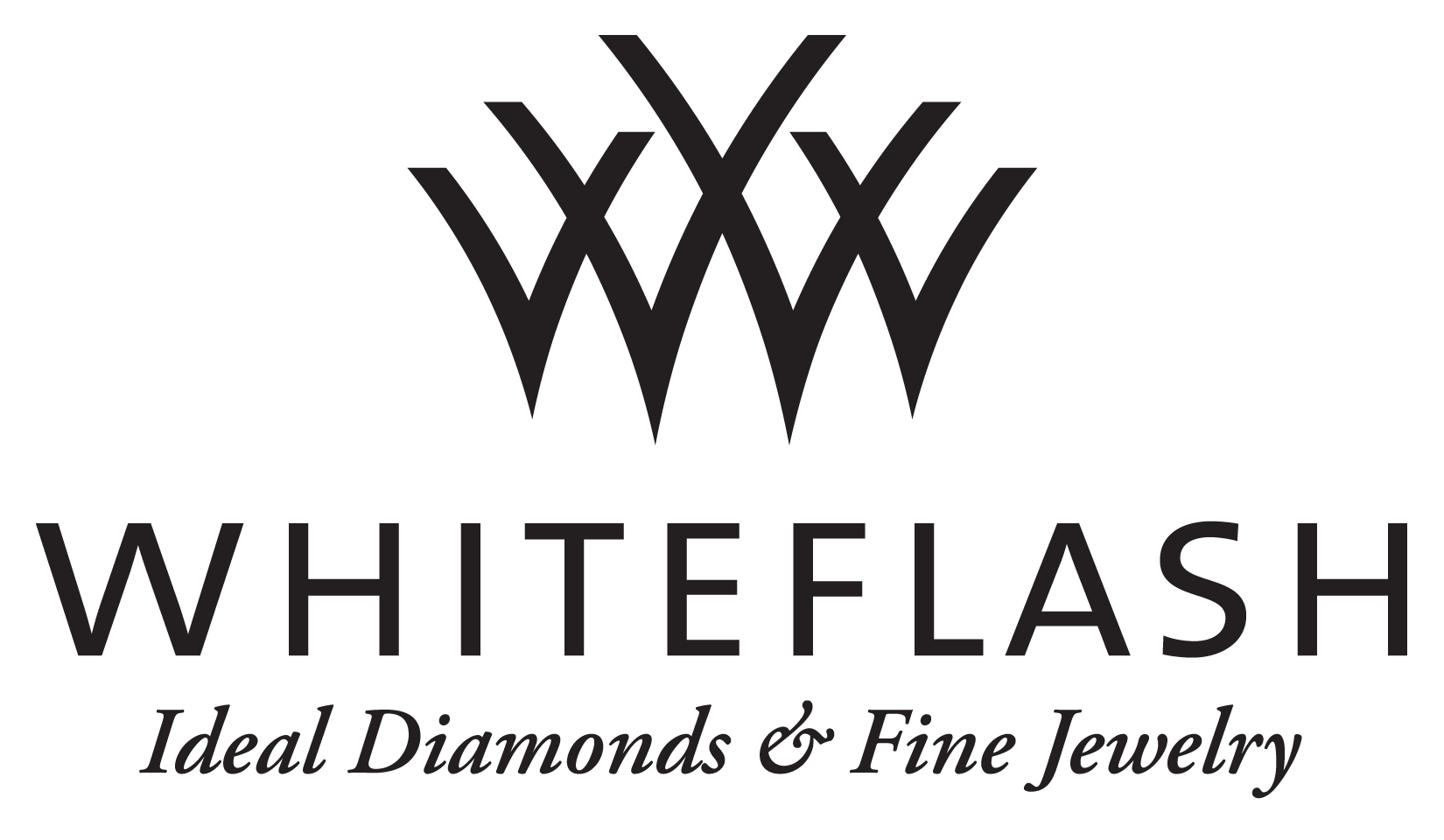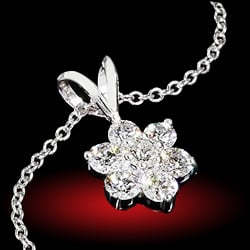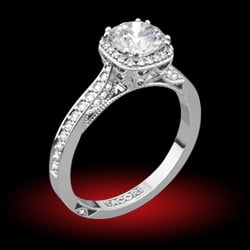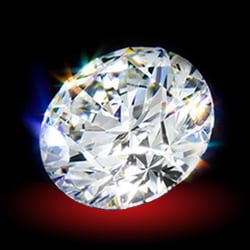You are using an out of date browser. It may not display this or other websites correctly.
You should upgrade or use an alternative browser.
You should upgrade or use an alternative browser.
Fluorescence
- Thread starter BigKahuna
- Start date
- Status
- Not open for further replies. Please create a new topic or request for this thread to be opened.
pricescope
Ideal_Rock
- Joined
- Dec 31, 1999
- Messages
- 8,266
BigKahuna, Very Slightly Blue fluorescence shouldn't be a problem at all. It is not recommended to buy a diamond only if it has strong fluorescence and diamond looks oily or milky in the day or halogen light.About 20% of diamonds exhibit fluorescence. Fluorescence can be seen in darkened rooms with black lights. The effect is like a white shirt in a discotheque. The most common fluorescent color is blue, and this can vary from weak or faint to very strong. Blue fluorescence can be an advantage, particularly in lower (below I) colored diamonds, because blue is the complimentary color to yellow. Adding blue compensates for yellow and makes the diamond appear whiter in any light that has an ultra violet component (e.g. daylight and halogen lighting).In general the trade discounts D, E and F colored fluorescent diamonds, but a GIA survey of experts and consumers found a slight preference for fluorescent diamonds. 30 years ago fluorescent diamonds were prized and often given a misleading name; ‘blue-white’. If a diamond has extremely strong flourescence it can appear oily or cloudy, and this is not good. Another reason the trade discounts flourescent diamonds is that some laboratories use grading lights that emit a small amount of ultra violet light. This means lower grade blue flourescent diamonds are possibly assigned a better grade than they should.
DiamondExpert
Brilliant_Rock
- Joined
- Jan 15, 2003
- Messages
- 1,245
"I''m a jeweler and been in the business for over 12 years. You want the diamond to be a nice medium blue.. Slightly blue means the diamond may have too many inclusions and blemishes.. A blue light helps shows a clear diamonds it''s true flaws... Let me know if this helps."
------- -------- -------- --------- -------
WHAT??!!

------- -------- -------- --------- -------
WHAT??!!

Mara
Super_Ideal_Rock
- Joined
- Oct 30, 2002
- Messages
- 31,003
How odd, this post is FOUR years old...
Charmed88...this is the first we have ever heard of THAT...and we have alot of experts and jewelers who have been in business for many years here...that is almost as good as something I heard recently from a jeweler which was that a VVS stone sparkles alot more than a VS.

Charmed88...this is the first we have ever heard of THAT...and we have alot of experts and jewelers who have been in business for many years here...that is almost as good as something I heard recently from a jeweler which was that a VVS stone sparkles alot more than a VS.

Mara
Super_Ideal_Rock
- Joined
- Oct 30, 2002
- Messages
- 31,003
- Joined
- Oct 6, 2005
- Messages
- 6,928
I heard that too, actually, at C H Premier Jewelers in Valley Fair.Date: 12/1/2005 12:03:34 AM
Author: Mara
that is almost as good as something I heard recently from a jeweler which was that a VVS stone sparkles alot more than a VS.

- Joined
- Sep 3, 2000
- Messages
- 6,751
JohnQuixote
Ideal_Rock
- Joined
- Sep 9, 2004
- Messages
- 5,212
Are you sure that isn''t BS and BBS?Date: 12/1/2005 3:43:11 PM
Author: oldminer
VVS= Very Very sparkly
VS= Very Sparkly
Its their own system....
- Joined
- Oct 6, 2005
- Messages
- 6,928
- Joined
- Apr 30, 2005
- Messages
- 42,064
- Status
- Not open for further replies. Please create a new topic or request for this thread to be opened.
Share:
The Ultimate Guide to Men’s Wedding Bands: Metals, Fit & Finish
The Ultimate Guide to Men’s Wedding Bands: Metals, Fit & Finish - 06/27
Chipped Diamonds: Causes, Risks, and What You Should Do About It
Chipped Diamonds: Causes, Risks, and What You Should Do About It - 06/27








300x240.png)